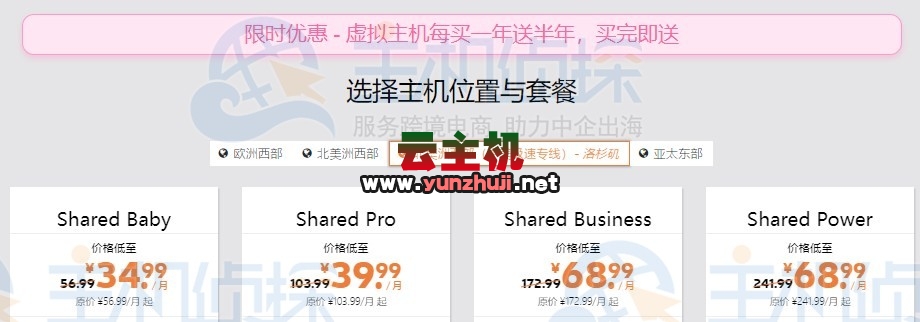Divider视图的visibility属性设置为gone。 Android去除AlertDialog分隔线
在Android应用开发中,AlertDialog 是一种常见的对话框形式,用于向用户展示信息或请求用户操作,默认情况下,AlertDialog 会显示一个标题、一条消息和一个按钮列表,在某些情况下,开发者可能需要自定义AlertDialog 的外观,例如去除默认的分隔线,本文将详细介绍如何去除AlertDialog 中的分隔线。
一、了解 AlertDialog 的结构
在开始之前,我们需要了解AlertDialog 的基本结构。AlertDialog 通常由以下几个部分组成:
1、标题(Title): 位于对话框顶部,可以显示文本或图标。
2、消息(Message): 位于标题下方,用于显示详细信息。
3、按钮(Buttons): 位于对话框底部,用于用户交互。
4、分隔线(Divider): 位于消息和按钮之间,用于视觉上的分隔。
二、去除分隔线的步骤
要去除AlertDialog 中的分隔线,我们需要自定义对话框的布局,以下是具体的步骤:
1. 创建自定义布局文件
我们需要创建一个自定义的布局文件,用于替换默认的AlertDialog 布局,在res/layout 目录下创建一个新的XML文件,例如custom_dialog.xml:
<?xml version="1.0" encoding="utf-8"?> <LinearLayout xmlns:android="http://schemas.android.com/apk/res/android" android:orientation="vertical" android:layout_width="match_parent" android:layout_height="wrap_content" android:padding="16dp"> <!-标题 --> <TextView android:id="@+id/title" android:layout_width="wrap_content" android:layout_height="wrap_content" android:textSize="18sp" android:textColor="#FF000000"/> <!-消息 --> <TextView android:id="@+id/message" android:layout_width="wrap_content" android:layout_height="wrap_content" android:textSize="14sp" android:textColor="#666666" android:layout_marginTop="16dp"/> <!-按钮区域 --> <LinearLayout android:id="@+id/buttonPanel" android:orientation="horizontal" android:gravity="center" android:layout_width="match_parent" android:layout_height="wrap_content" android:layout_marginTop="24dp"> <!-示例按钮 --> <Button android:id="@+id/positiveButton" android:layout_width="wrap_content" android:layout_height="wrap_content" android:text="确定"/> <Button android:id="@+id/negativeButton" android:layout_width="wrap_content" android:layout_height="wrap_content" android:layout_marginLeft="8dp" android:text="取消"/> </LinearLayout> </LinearLayout>
2. 在代码中设置自定义布局
我们需要在代码中设置这个自定义布局,以下是一个完整的示例,展示了如何使用AlertDialog.Builder 来创建并显示一个没有分隔线的对话框:
import android.app.AlertDialog;
import android.content.Context;
import android.content.DialogInterface;
import android.os.Bundle;
import android.view.LayoutInflater;
import android.view.View;
import android.widget.Button;
import android.widget.TextView;
import androidx.annotation.Nullable;
import androidx.appcompat.app.AppCompatActivity;
public class MainActivity extends AppCompatActivity {
@Override
protected void onCreate(@Nullable Bundle savedInstanceState) {
super.onCreate(savedInstanceState);
setContentView(R.layout.activity_main);
// 显示自定义 AlertDialog
showCustomAlertDialog();
}
private void showCustomAlertDialog() {
// 获取布局填充器
LayoutInflater inflater = getLayoutInflater();
// 加载自定义布局
View customView = inflater.inflate(R.layout.custom_dialog, null);
// 初始化自定义视图中的组件
TextView title = customView.findViewById(R.id.title);
TextView message = customView.findViewById(R.id.message);
Button positiveButton = customView.findViewById(R.id.positiveButton);
Button negativeButton = customView.findViewById(R.id.negativeButton);
// 设置标题和消息
title.setText("自定义标题");
message.setText("这是一条自定义的消息内容。");
// 创建 AlertDialog.Builder 实例
AlertDialog.Builder builder = new AlertDialog.Builder(this);
builder.setView(customView)
.setPositiveButton("确定", new DialogInterface.OnClickListener() {
@Override
public void onClick(DialogInterface dialog, int which) {
// 处理确定按钮点击事件
dialog.dismiss();
}
})
.setNegativeButton("取消", new DialogInterface.OnClickListener() {
@Override
public void onClick(DialogInterface dialog, int which) {
// 处理取消按钮点击事件
dialog.cancel();
}
});
// 创建并显示 AlertDialog
AlertDialog dialog = builder.create();
dialog.show();
}
} 3. 运行效果
运行上述代码后,你会看到一个自定义的AlertDialog,其中没有默认的分隔线,对话框的标题和消息部分通过自定义布局进行设置,按钮则通过AlertDialog.Builder 的setPositiveButton 和setNegativeButton 方法添加。
三、归纳
通过上述步骤,我们成功地去除了AlertDialog 中的默认分隔线,并通过自定义布局实现了更加灵活的对话框样式,这种方法不仅适用于去除分隔线,还可以用于自定义对话框的其他部分,如标题、消息、按钮等,希望本文对你有所帮助!

 云主机测评网
云主机测评网

















最新评论
本站CDN与莫名CDN同款、亚太CDN、速度还不错,值得推荐。
感谢推荐我们公司产品、有什么活动会第一时间公布!
我在用这类站群服务器、还可以. 用很多年了。